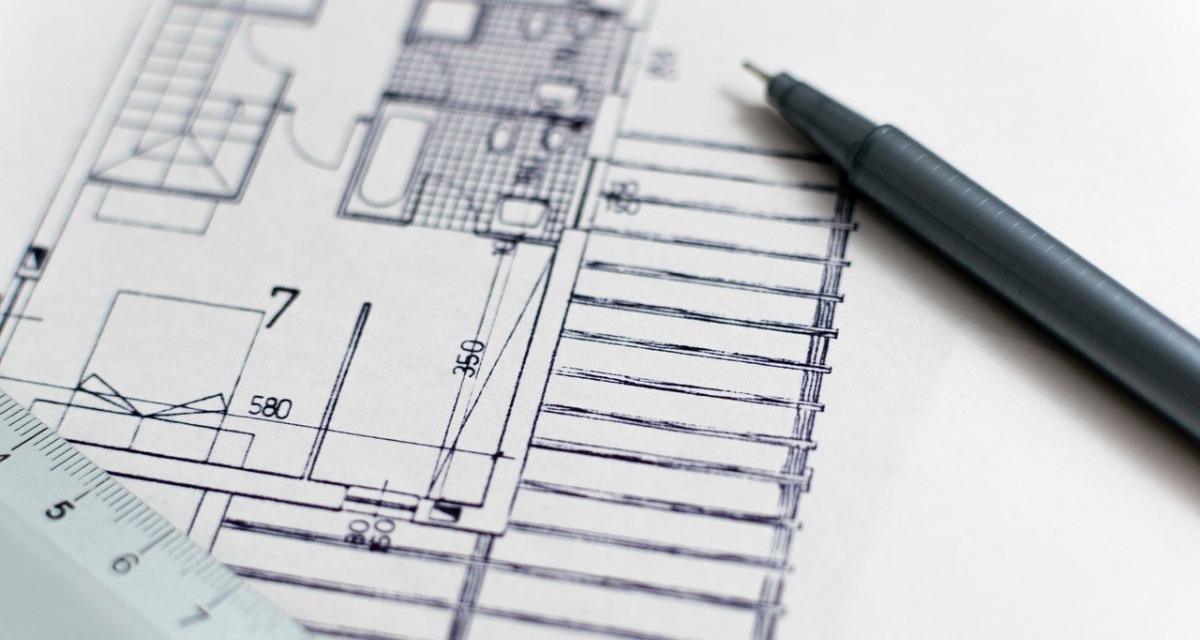Explore key factors to consider when converting a barn, from structural assessments and planning permissions to design options and insulation. Ensure a successful transformation by understanding the essential steps and challenges involved.
Why opt for a barn conversion?
While the concept of barn conversions may seem overwhelming to some, it is a popular option for many. One key reason is the opportunity to create a unique, character-filled home. Preserving the historical charm of old barns by adding a modern twist, can result in beautiful and spacious homes in the countryside.
Barn conversions offer the opportunity for custom design. This allows homeowners to create spaces that suit their needs and preferences. The sturdy structures of barns can provide a foundation for building, ensuring longevity. If you seek a relaxing retreat or a unique family home, barn conversions can turn rustic buildings into modern havens.
If you find yourself drawn to larger, open-plan living spaces and high ceilings, a barn might be a wise option. It provides the perfect structure to design your dream home. Converting a barn also makes for an environmentally friendly choice. It repurposes existing structures, reducing the need for new construction materials and works. The unique character and charm of a barn can create a distinctive and cosy atmosphere. You can blend the rustic appeal with modern aspects.
In most cases, buying and converting a barn can be less expensive than purchasing a typical house. Even those of the same size. Especially with barns found in rural locations, they typically come with a sizeable land area and amazing views. That being said, what to consider when converting a barn does depend on personal taste and budget.
Check local planning permissions and regulations before starting any conversion project. Consulting with architects and builders with experience is important. Those knowledgeable in barn conversions can ensure that the result is practical and visually pleasing. Consider the strength of the barn. The costs involved in installing modern features can impact the planning permission requirements.
What extra costs should I budget for?
Apart from the upfront purchasing costs, barn conversions can involve other extra expenses. Damp and mould are common issues found in many barns and fixing this can be expensive. It often involves treatment and prevention works such as tanking and damp proofing.
Additionally, structural reinforcements might be necessary to meet modern building standards. Electrical and plumbing systems may need extensive upgrades to ensure safety and functionality. Insulation and heating installations can add to the final expense. Yet, it is important for ensuring comfort and energy efficiency.
Wall and timber reinforcement is another term that you're likely to come across. Most old barns are not built to residential quality, meaning that you might need to provide additional support to the structure. Timber, being a natural material, may also deteriorate over time, further necessitating reinforcement. Similarly, underpinning is the process of strengthening the foundation of a structure. It could also be a requirement when converting a barn. Both these procedures help ensure the building remains safe and stable for use.
Repointing, replacing floor structures, and fixing holes and cracks are other potential costs. This involves restoring and replacing the wall or floor structures that have deteriorated. Additionally, it may be necessary to treat for dampness and rot, which can further increase expenses.
Repointing consists of upgrading the external mortar joints. This is done through masonry construction. It helps prevent water ingress and structural damage. It involves removing damaged mortar and applying new mortar. Doing so ensures the building's stability.
Replacing floor structures often involves removing old materials and installing new ones. Doing so ensures safety and durability for all residents. Repairing holes and cracks is crucial for maintaining the strength of a building and preventing further damage. Regular inspections help identify issues early.
Insulating an old barn to meet modern standards of energy efficiency is an essential part of a barn conversion project. Proper insulation can reduce heating costs. Such will make the house more comfortable for future tenants.
Insulating floors, walls, and roofs prevent heat loss. It makes the home warmer in winter and cooler in summer. Environmentally friendly insulation materials can also ensure sustainability. They help further enhance the value of the converted barn.

How much do barn conversions cost?
Determining the cost of a barn conversion isn't simple. The costs vary based on location, structure, materials used, and the complexity of the work. It’s important to hire experienced professionals who can provide accurate estimates and quality work.
On average, you can expect a barn conversion in the UK to cost between £1000 and £2000 per square metre. That being said, it's essential to remember that these costs are variable and should serve as a rough guide. Additionally, you'll have to consider planning permissions, professional fees, and unforeseen expenses. These could all arise during the project and must be dealt with.
Other factors, such as the quality of materials, interior finish, and bespoke features, will impact the final price of your project. Always consult with a professional to get a precise and accurate estimate tailored to your specific needs. This ensures that all aspects are adequately considered and accounted for.
How do I get planning permission for a barn conversion?
Planning permission for a barn conversion requires careful guidance throughout the planning process. Conversion rules vary, especially if the barn is a listed building or located in a conservation area. In such cases, planning permission is required.
In England, "Class Q" of the Government’s Permitted Development Rights allows the conversion of agricultural buildings for domestic use. What is known as a "prior notification" application is needed beforehand. This should be given to your local authority.
Additionally, it's wise to seek professional advice before undertaking your project. Consulting with architects and planners can help ensure you comply with all regulations. Always check the regulations with your local authority. It's good to remember each area may have specific rules and restrictions you need to adhere to. This can prevent unexpected issues or delays.

How to combine old barn architecture with contemporary design?
Understanding how to blend old barn architecture with contemporary design is a key factor to consider when converting a barn. This ensures the space remains functional while retaining its historical charm.
One popular approach is to keep the barn's original structure and features. Such features include exposed stone walls, beams, and large door openings. To bring in a contemporary touch, consider installing large windows or glass partitions. This lets in natural light and offers stunning views of the adjoining countryside.
Incorporate modern aspects, like underfloor heating or smart home systems. That way, you can blend old-world charm with modern convenience. Using reclaimed wood for flooring or furniture can enhance the rustic appeal. It also provides the opportunity to be environmentally friendly.
Modern materials like steel and glass, alongside traditional wood and stone, give your barn a modern appeal. They also ensure you preserve its historical character. This blend of old and new creates a unique aesthetic, ensuring that the barn remains functional and attractive. The use of durable materials ensures its longevity and sustainability. This means fewer replacements are needed, saving resources and reducing waste over time.
Another option is to have open-plan areas, which are typically found in modern homes. These areas can provide flexible living spaces, fitting seamlessly into the barn’s existing layout. Open-plan areas have numerous benefits. They enhance natural light, encourage social interaction, and create a sense of spaciousness. This will make your home feel more welcoming and connected.
Remember, the goal is to create a comfortable and modern dwelling, while preserving and emphasising the unique character of the old barn. The care and attention given to appreciating the barn’s historical architectural details will be what makes it a spectacular modern home.
Residential Architect London
If you are looking for residential architect services then get in contact with our team today. We can offer advice and begin guiding you towards making the right decision.


